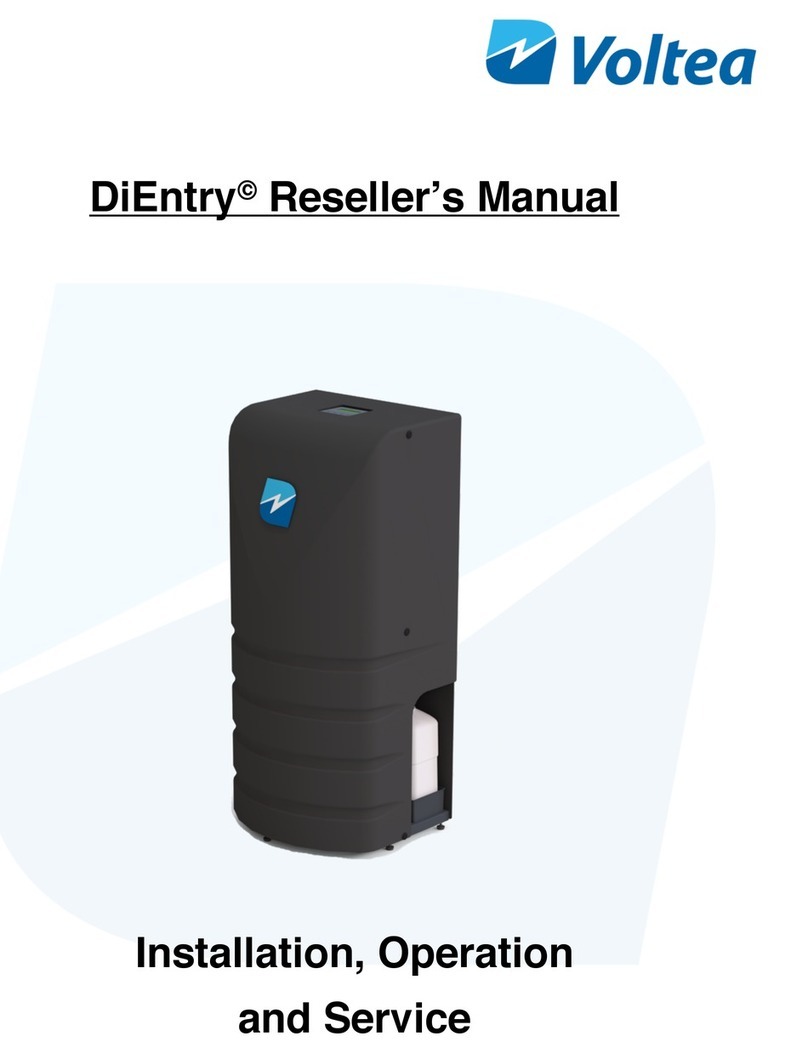
2
Contents
1 DiUse Owner’s Manual .............................................................................................................. 4
1.1 General safety precautions ................................................................................................ 4
2 Liability and Warranty ................................................................................................................. 5
2.1 Liability .................................................................................................................................. 5
2.2 Warranty ............................................................................................................................... 6
3 Voltea CapDI - Membrane Capacitive Deionization .............................................................. 6
4 DiUse ............................................................................................................................................ 7
4.1 Features ............................................................................................................................... 7
4.2 Specifications ....................................................................................................................... 8
4.3 Feed water quality ............................................................................................................... 9
5 System Overview ...................................................................................................................... 10
6 System Installation .................................................................................................................... 11
6.1 Packing ............................................................................................................................... 11
6.2 Tools and materials .......................................................................................................... 11
6.3 Module installation ............................................................................................................ 11
6.4 Placing leak sensor ........................................................................................................... 14
6.5 Placing the covers. ............................................................................................................ 14
6.6 Water connections ............................................................................................................ 14
6.7 Powering the system up/down ........................................................................................ 14
6.8 Filling the Cleaning In Place (CIP) container ................................................................ 15
6.9 Flushing the module ......................................................................................................... 17
7 System Start Up - Operation ................................................................................................... 18
8 System Control Through LCD ................................................................................................. 18
8.1 DiUse Screen Navigation Chart ...................................................................................... 19
8.2 Voltea DiUse ...................................................................................................................... 19
8.2.1 Process steps ............................................................................................................ 20
8.2.2 Alarms ......................................................................................................................... 21
8.3 Device info ......................................................................................................................... 22
8.4 System ................................................................................................................................ 23
8.5 User functions .................................................................................................................... 24
9 Changing Flow Restrictors ....................................................................................................... 24





























